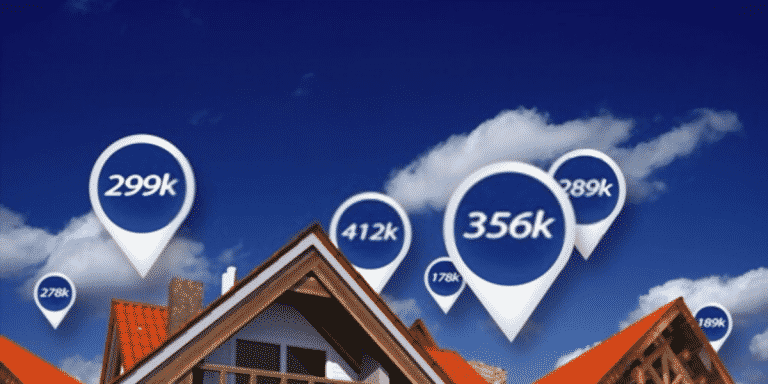The pandemic brought with it a lot of surprises, one of them being the rise in house prices. The US economy plummeted with millions of Americans finding themselves out of work and without food. No one would have predicted that at the time when times were hard for everyone, home prices would become overheated, mortgage rates would skyrocket, and the supply for houses would not meet the demands and consumer confidence in the housing market was reducing. The housing market was booming.
Right at the beginning of the pandemic, no one was willing to buy a house or even sell one. This was because of the uncertainties of the time brought about by Covid-19. In a span of a few months, most day-to-day activities were confined to the available properties. Houses became a key asset and prices began to rise.
The US real estate market in context
The American real estate market suffered a huge blow as a result of the 2008 financial crisis. The recession saw the prices of houses fall by a big margin and the world’s largest real estate market was affected in ways no one would have imagined. This was as a result of subprime mortgages that were given in large numbers to help as many Americans as possible to become homeowners. Homeowners found themselves mortgages that were higher than the value of their houses. By 2013, the market was showing signs of recovery. From 2018 to 2019, the market began to fall slightly.
For many Americans, owning a home is very important to them as it allows them to build up their wealth, make it easy for them to access credit, and be able to save more as they no longer have to pay rent. A large percentage of homeowners rely on mortgages to acquire homes after raising the down payment from their savings or with money from their families. It was expected that the pandemic would lead to foreclosures especially since the economy took a downward spiral at the start of the pandemic. Many people also lost their source of income and were unable to keep up with their mortgage payments.
The most expensive real estate in the USA is found in San Francisco, California. San Francisco has a booming economy fueled by the presence of tech companies like Apple, Facebook, Intel, and Tesla that have their headquarters in the nearby Silicon Valley. The city also has been at the forefront in matters progressive culture which attracts more people to relocate to it. As a result of the thriving tech economy that brings billions of dollars into the city, and rising housing demand, the city is the most expensive place to buy a house in the US. On average, the price per square foot is $1,100.
Why do house prices go up in general?
The value of a house is usually expected to depend on the demand for living in a particular area, but things like recessions and pandemics are known to have an impact that can either be positive or negative. House prices go up when the supply does not meet the demand. One of the key factors that affect the supply has to do with the regulations that restrict the number of housing units that can be built. For example in a single-family zone, it’s illegal to build townhouses or apartments, or condos on any spaces designated for single units and parking minimums must be met. This forces contractors to make provisions for parking spaces even in places where it’s unwarranted.
Some local governments allow groups of people to block developments they feel will have a negative impact on the overall value of the entire estate. These local zoning regulations are making it impossible for most Americans to move to better estates due to the shortage of housing.
Why did house prices go up during the pandemic?
The price for houses is determined by the existing demand and supply dynamics. The fewer the number of houses available, the higher the prices for the available units would be. If the number of buyers is fewer, then the house prices would be lower. The prices went up because the pandemic affected both supply and demand. A lot of people were in a rush to take advantage of the falling mortgage rates which made it easier to acquire homes at a cheaper price.
As a result of the falling mortgage rates, houses were not staying on the market for long. Among those who bought the homes were first-time homebuyers or those who were buying a second home. These put a lot of pressure on the market as were not putting another home on the market as they took one out of it. In some instances, others chose to refinance their mortgages based on the lower rates instead of acquiring a new home.
Because of the pandemic, people who had plans of listing their homes did not do so and those who had listed their homes took them off the market. As a result of the social distancing rules at the height of the pandemic, not many people were willing to show their houses.
Home developers did not anticipate a surge in the demand for housing during the pandemic. A number of them had let go of their employees and had shut down. At the same time, prices for materials like lumber also added to the construction costs alongside the scarcity of skilled workers.



